Introduction to BIT Degree and Software Industry New Intake – 2024
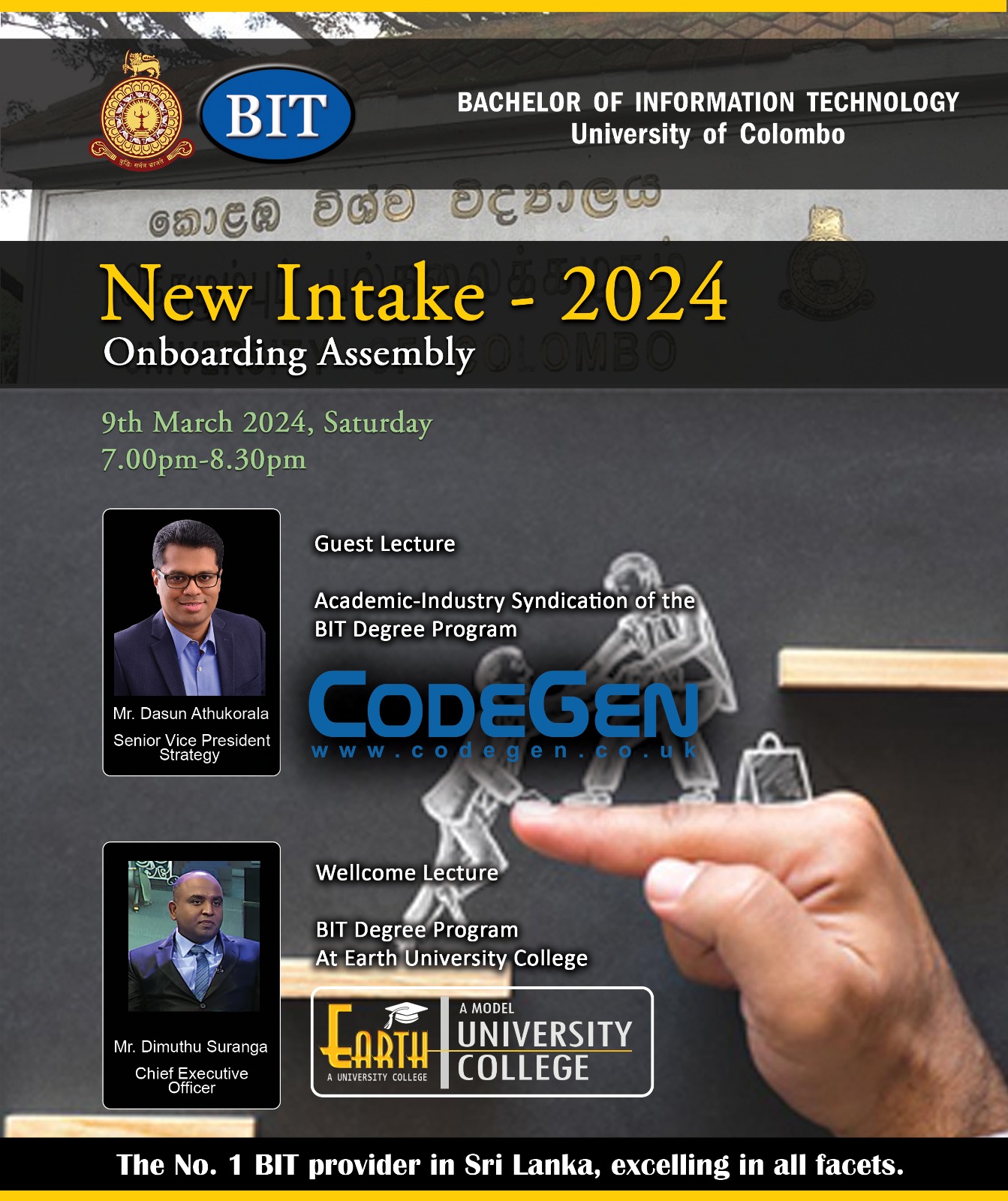

Welcome to the Virtual Learning Environment for the Students of Earth Uni College

BIT Program | Pre-Semester

Isn’t it surprising that a programming language as old as three decades is still extremely relevant and famous in the technology world? We are talking about Java. Since its inception, Java has been one of the most popular programming languages due
to a number of advantages it offers.
Your facilitators:
Mr. Dimuthu Suranga (Course Coordinator)
Mr. Ashan Dissanayake (Online Facilitator)

Computer programming is the process of designing and building an executable computer program to accomplish a specific computing result or to perform a specific task.
Java is a class-based, object-oriented programming language that is designed to have as few implementation dependencies as possible. It is a general-purpose programming language intended to let application developers
write once, run anywhere (WORA), meaning that compiled Java code can run on all platforms that support Java without the need for recompilation
Your facilitators:

Mathematics includes the study of such topics as quantity (number theory), structure (algebra), space (geometry), and change (analysis).
Mathematicians seek and use patterns to formulate new conjectures; they resolve the truth or falsity of such by mathematical proof.
When mathematical structures are good models of real phenomena, mathematical reasoning can be used to provide insight or predictions about nature.
Through the use of abstraction and logic, mathematics developed from counting, calculation, measurement, and the systematic study of the shapes and motions of physical objects. Practical mathematics has been a human activity from as far back as written records exist.
The research required to solve mathematical problems can take years or even centuries of sustained inquiry.


An Information system (IS) is a formal, sociotechnical, organizational system designed to collect, process, store, and distribute information. In a sociotechnical perspective, information systems are composed by four components: task, people, structure (or roles), and technology. Information systems can be defined as an integration of components for collection, storage and processing of data of which the data is used to provide information, contribute to knowledge as well as digital products.
Your facilitators:
Mr. Dimuthu Suranga (Course Coordinator)

A computer is a machine that can be instructed to carry out sequences of arithmetic or logical operations automatically via computer programming. Modern computers have the ability to follow generalized sets of operations, called programs. These programs enable computers to perform an extremely wide range of tasks.
A "complete" computer including the hardware, the operating system (main software), and peripheral equipment required and used for "full" operation can be referred to as a computer system. This term may as well be used for a group of computers that are connected and work together, in particular a computer network or computer cluster.
Your facilitators:

Free and open-source software (FOSS) is software that can be classified as both free software and open-source software. That is, anyone is freely licensed to use, copy, study, and change the software in any way, and the source code is
openly shared so that people are encouraged to voluntarily improve the design of the software. This is in contrast to proprietary software, where the software is under restrictive copyright licensing and the source code is usually hidden from the
users.
Ubuntu is a Linux distribution based on Debian and composed mostly of free and open-source software.
LibreOffice is a free and open-source office productivity software suite, a project of The Document Foundation.
Your facilitators:

A computer network is a group of computers that use a set of common communication protocols over digital interconnections for the purpose of sharing resources located on or provided by the network nodes. The interconnections between nodes are formed from a broad spectrum of telecommunication network technologies, based on physically wired, optical, and wireless radio-frequency methods that may be arranged in a variety of network topologies.
Computer networks support many applications and services, such as access to the World Wide Web, digital video, digital audio, shared use of application and storage servers, printers, and fax machines, and use of email and instant messaging applications.
Your facilitators:

BIT Program | Semester 3 | Part-Time Courses
Description
Your facilitators:
Ms. Poornima Wijesundara (Course Coordinator)
Mr. Dileesha Ekanayake (Online Facilitator)
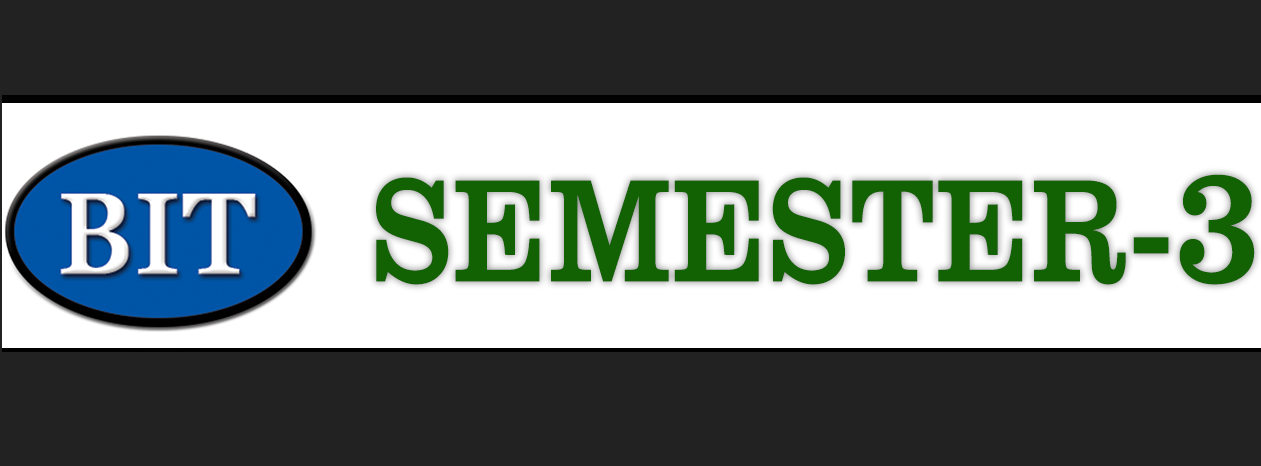

Object-oriented analysis and design (OOAD) is a technical approach for analyzing and designing an application, system, or business by applying object-oriented programming, as well as using visual modeling throughout the software development process to guide stakeholder communication and product quality.
Your facilitators:


In computer science, a data structure is a data organization, management, and storage format that enables efficient access and modification.
More precisely, a data structure is a collection of data values, the relationships among them, and the functions or operations (algorithms) that can be applied to the data.
ArrayList, LinkedList, Stacks, Queues, Trees, Graph, Hash Tables are examples for data structures.
Sorting and Searching are generic algorithms executed on data collections in addition to operational algorithms executed on various data structures. There are some structure specific operations such as balancing in trees and shortest path calculation in graph.
Your facilitators:
Ms. Poornima Wijesundara (Course Coordinator)
Mr. Dileesha Ekanayake (Online Facilitator)


A web application (or web app) is application software that runs on a web server, unlike computer-based software programs that are run locally on the operating system (OS) of the device.
Web applications are accessed by the user through a web browser with an active network connection. These applications are programmed using a client server modeled structure the user ("client") is provided services through an offsite server that is hosted by a third party.
Examples of commonly-used web applications include: web-mail, online retail sales, online banking, and online auctions.
PHP is a general-purpose scripting language especially suited to web development. PHP code is usually processed on a web server by a PHP interpreter implemented as a module, a daemon or as a Common Gateway Interface (CGI) executable.
Mr. Arshad Ahmed (Course Coordinator)
Mr. Arshad Ahmed (Online Facilitator)


Your facilitators:
Mr. Darshana Dinushal (Course Coordinator)
Mr. Ashan Dissanayake (Online Facilitator)
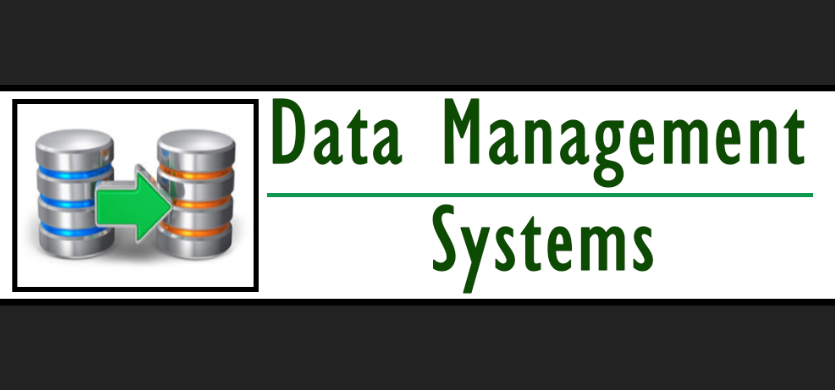

Your facilitators:
Ms. Poornima Wijesundara (Course Coordinator)
Mr. Ashan Dissanayake (Online Facilitator)
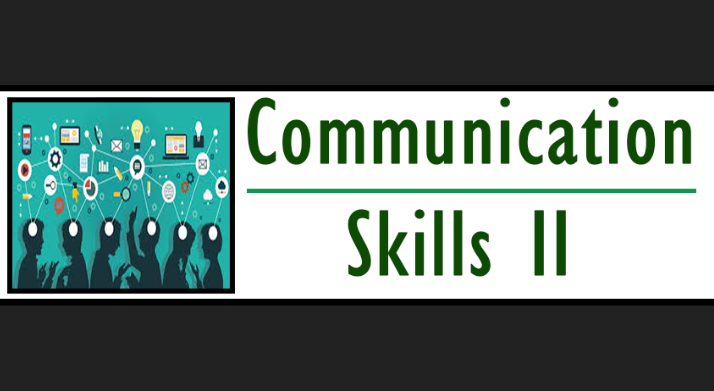

BIT Program | Semester 4 | Part-Time Courses


Your facilitators:
Miss Chanuki Hasara (Course Coordinator)
Mr. Janitha Chamara (Online Facilitator-1)
Miss Chathurangee De Silva (Online Facilitator-2)

Your facilitators:
Miss Kalani Wijerathne (Course Coordinator)
Miss Chanuki Hasara (Online Facilitator-1)

Your facilitators:
Mr. Indeera Dayanja (Course Coordinator)
Mr. Niroshan Mendis (Online Facilitator-1)

Your facilitators:
Mr. Niroshan Mendis (Course Coordinator)
Mr. Janitha Chamara (Online Facilitator-1)
Miss. Chathurangee De Silva (Online Facilitator-2)

A computer network is a group of computers that use a set of common communication protocols over digital interconnections for the purpose of sharing resources located on or provided by the network nodes. The interconnections between nodes are formed from a broad spectrum of telecommunication network technologies, based on physically wired, optical, and wireless radio-frequency methods that may be arranged in a variety of network topologies.
Your facilitators:
Mr. Ashen Hiroshana (Course Coordinator)
Mr. Niroshan Mendis (Online Facilitator-1)
Mr. Pasindu Dhananjaya (Online Facilitator-2)

BIT Program | Semester 5 | Part-Time Courses
Description
Your facilitators:
Mr. Rukshan Perera (Course Coordinator)
Mr. Ashan Dissanayake (Online Facilitator)
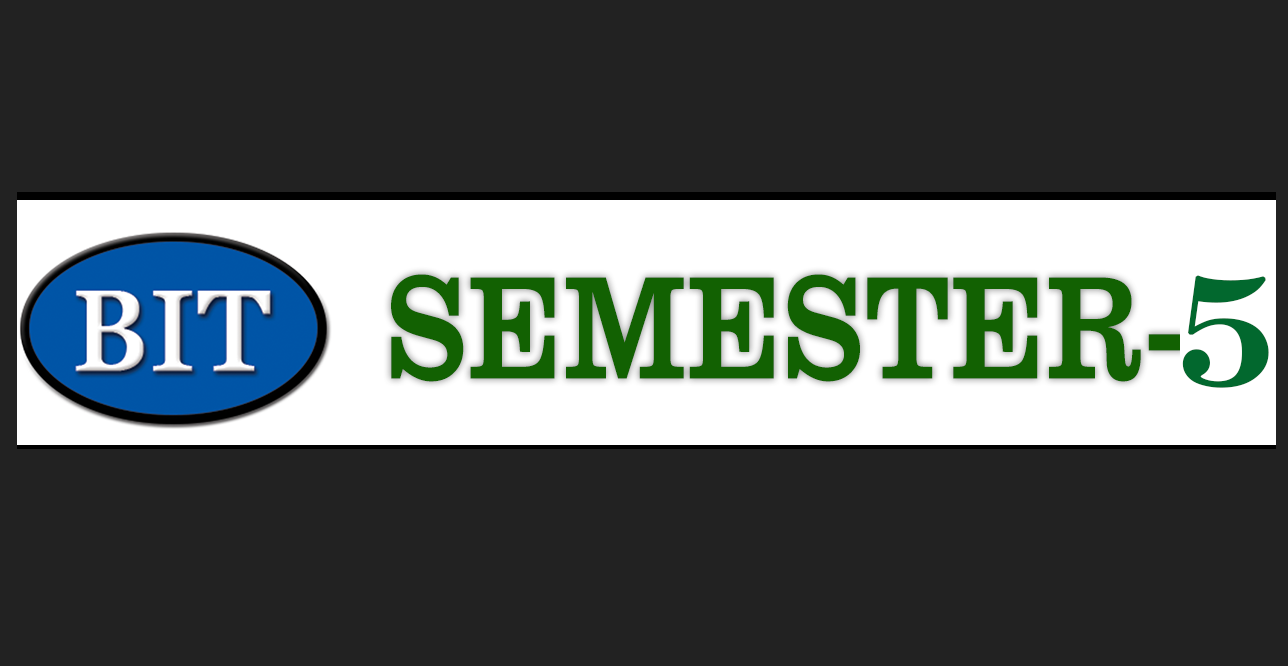

Your facilitators:
Mr. Rukshan Perera (Course Coordinator)
Mr. Ashan Dissanayake (Online Facilitator)


Your facilitators:


Your facilitators:


Your facilitators:
Ms. Sanduni Wipulasena (Course Coordinator)
Mr. Ashan Dissanayake (Online Facilitator)


BIT Program | Project | Final Project

Isn’t it surprising that a programming language as old as three decades is still extremely relevant and famous in the technology world? We are talking about Java. Since its inception, Java has been one of the most popular programming languages due
to a number of advantages it offers.
Your facilitators:
Mr. Dimuthu Suranga (Course Coordinator)
Mr. Ashan Dissanayake (Online Facilitator)


English for ICT is a skill-based course designed specifically for students of ICT who are about to enter English-medium studies. It provides carefully graded practice and progressions in the key academic skills that all students need, such as listening to lectures and speaking in seminars.
It also equips students with the specialist language they need to participate successfully within an ICT field. Extensive listening exercises come from ICT lectures, and all reading texts are taken from the same field of study.
There is also a focus throughout on the key ICT vocabulary that students will need.
Your facilitators:
Mr. Niroshan Mendis (Course Coordinator)


Isn’t it surprising that a programming language as old as three decades is still extremely relevant and famous in the technology world? We are talking about Java. Since its inception, Java has been one of the most popular programming languages due
to a number of advantages it offers.
Your facilitators:

BIT Program | Semester 3 | Part-Time Courses
Description
Your facilitators:
(Course Coordinator)
(Online Facilitator)


A web application (or web app) is application software that runs on a web server, unlike computer-based software programs that are run locally on the operating system (OS) of the device.
Web applications are accessed by the user through a web browser with an active network connection. These applications are programmed using a client server modeled structure the user ("client") is provided services through an offsite server that is hosted by a third party.
Examples of commonly-used web applications include: web-mail, online retail sales, online banking, and online auctions.
PHP is a general-purpose scripting language especially suited to web development. PHP code is usually processed on a web server by a PHP interpreter implemented as a module, a daemon or as a Common Gateway Interface (CGI) executable.
Your facilitators:
Mr. Niroshan Mendis (Course Coordinator)
Mrs. Shalika Ranasinghe (Online Facilitator)


Object-oriented analysis and design (OOAD) is a technical approach for analyzing and designing an application, system, or business by applying object-oriented programming, as well as using visual modeling throughout the software development process to guide stakeholder communication and product quality.
Your facilitators:
Mr. Indeera Dayanja (Course Coordinator)
Mr. Pasindu Ruwantha (Online Facilitator)
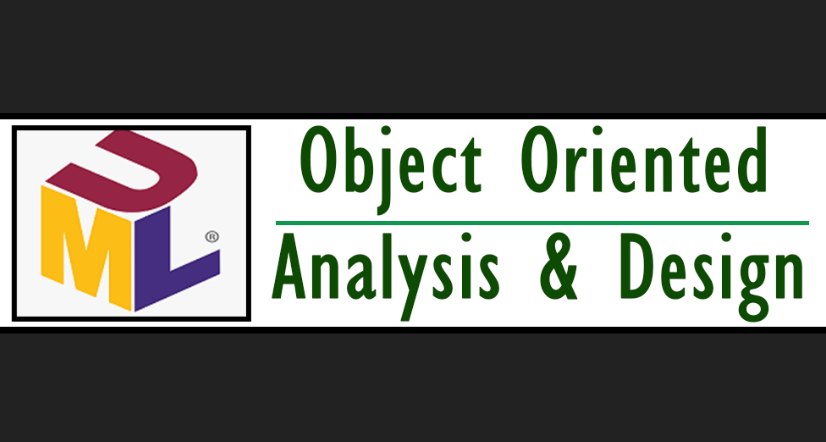

Your facilitators:
Mr. Indeera Dayanja (Course Coordinator)
Miss Nethma Sirigampala (Online Facilitator)



In computer science, a data structure is a data organization, management, and storage format that enables efficient access and modification.
More precisely, a data structure is a collection of data values, the relationships among them, and the functions or operations (algorithms) that can be applied to the data.
ArrayList, LinkedList, Stacks, Queues, Trees, Graph, Hash Tables are examples for data structures.
Sorting and Searching are generic algorithms executed on data collections in addition to operational algorithms executed on various data structures. There are some structure specific operations such as balancing in trees and shortest path calculation in graph.
Your facilitators:
Mr. Dimuthu Suranga (Course Coordinator)
Mr. Indeera Dayanja (Online Facilitator)


BIT Program | Semester 5 | Part-Time Courses
Description
Your facilitators:
(Course Coordinator)
(Online Facilitator)


Mr. Ashen Hiroshana (Course Coordinator)
Miss Chanuki Hasara (Online Facilitator)
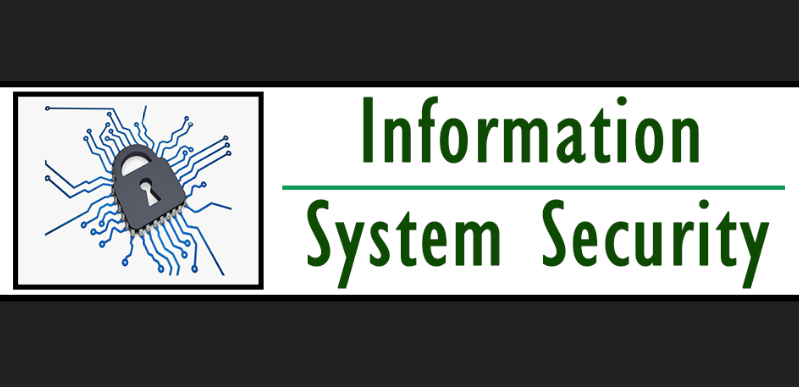

Mr. Indeera Dayanja (Course Coordinator)
Miss Nethma Sirigampala (Online Facilitator)


Your facilitators:
Mr. Niroshan Mendis (Course Coordinator)
Mrs. Shalika Ranasinghe (Online Facilitator)


Your facilitators:
Mr. Indeera Dayanja (Course Coordinator)
Miss Nethma Sirigampala (Online Facilitator)


Your facilitators:
Mr. Niroshan Mendis (Course Coordinator)
Mr. Niroshan Mendis (Online Facilitator)


BIT Program | Semester 6 | Part-Time Courses
Description
Your facilitators:
(Course Coordinator)
(Online Facilitator)
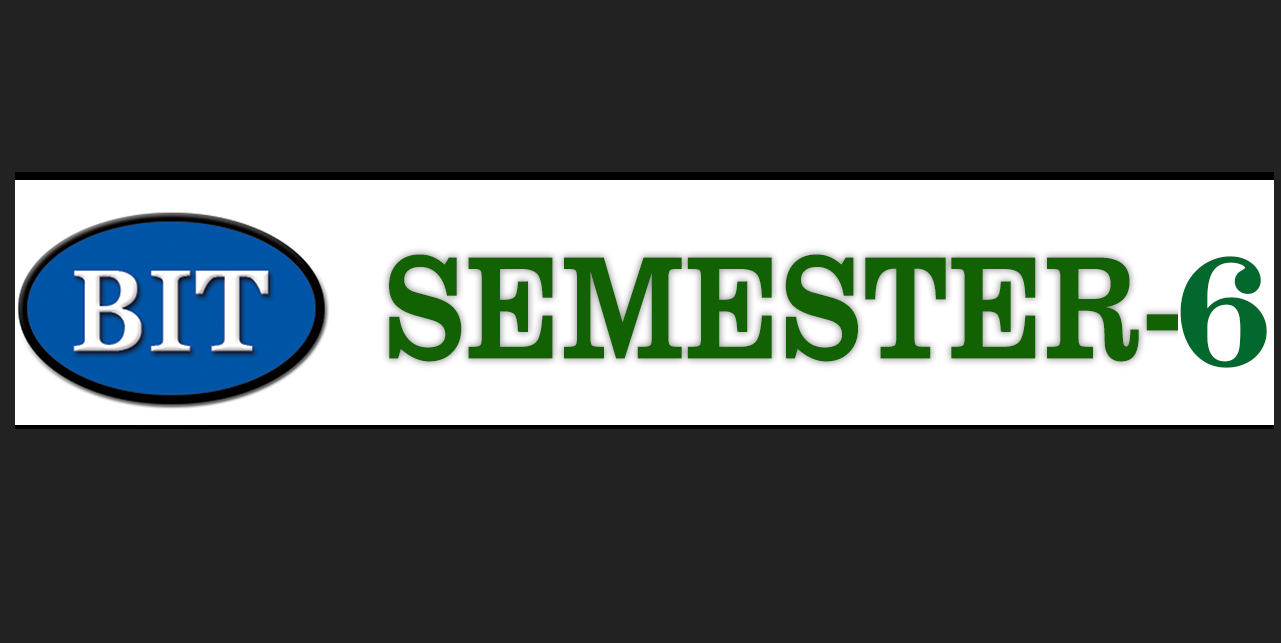
Your facilitators:
Mr. Ashen Hiroshana (Course Coordinator)
Miss Chanuki Hasara (Online Facilitator)
Your facilitators:
Mr. Niroshan Mendis (Course Coordinator)
Mr. Ashen Hiroshana (Online Facilitator-1)
Miss Chathurangee De Silva (Online Facilitator-2)
BIT Program | Semester 6 | Part-Time Courses
Description
Your facilitators:
(Course Coordinator)
(Online Facilitator)
Your facilitators:
Mrs. Shalika Ranasinghe (Course Coordinator)
Ms Chanuki Hasara (Online Facilitator)

Mathematics includes the study of such topics as quantity (number theory), structure (algebra), space (geometry), and change (analysis).
Mathematicians seek and use patterns to formulate new conjectures; they resolve the truth or falsity of such by mathematical proof.
When mathematical structures are good models of real phenomena, mathematical reasoning can be used to provide insight or predictions about nature.
Through the use of abstraction and logic, mathematics developed from counting, calculation, measurement, and the systematic study of the shapes and motions of physical objects. Practical mathematics has been a human activity from as far back as written records exist.
The research required to solve mathematical problems can take years or even centuries of sustained inquiry.
Mr. Niroshan Mendis (Course Coordinator)
Mr. Pasindu Ruwantha (Online Facilitator)
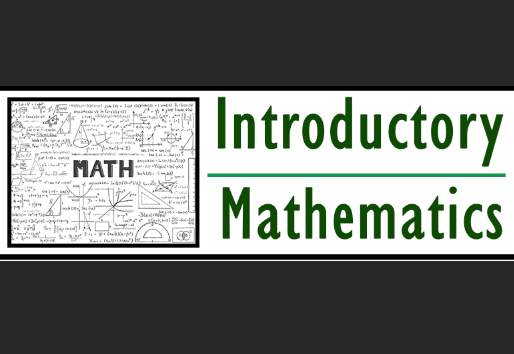

Computer programming is the process of designing and building an executable computer program to accomplish a specific computing result or to perform a specific task.
Java is a class-based, object-oriented programming language that is designed to have as few implementation dependencies as possible. It is a general-purpose programming language intended to let application developers
write once, run anywhere (WORA), meaning that compiled Java code can run on all platforms that support Java without the need for recompilation
Your facilitators:
Mr. Indeera Dayanja (Course Coordinator)
Mr. Hassan Wakir (Online Facilitator)

Free and open-source software (FOSS) is software that can be classified as both free software and open-source software. That is, anyone is freely licensed to use, copy, study, and change the software in any way, and the source code is
openly shared so that people are encouraged to voluntarily improve the design of the software. This is in contrast to proprietary software, where the software is under restrictive copyright licensing and the source code is usually hidden from the
users.
Ubuntu is a Linux distribution based on Debian and composed mostly of free and open-source software.
LibreOffice is a free and open-source office productivity software suite, a project of The Document Foundation.
Your facilitators:
Mr. Niroshan Mendis (Course Coordinator)
Mrs. Shalika Ranasinghe (Online Facilitator)

A computer is a machine that can be instructed to carry out sequences of arithmetic or logical operations automatically via computer programming. Modern computers have the ability to follow generalized sets of operations, called programs. These programs enable computers to perform an extremely wide range of tasks.
A "complete" computer including the hardware, the operating system (main software), and peripheral equipment required and used for "full" operation can be referred to as a computer system. This term may as well be used for a group of computers that are connected and work together, in particular a computer network or computer cluster.
Your facilitators:
Mr. Ashen Hiroshana (Course Coordinator)
Mr. Buddhimal Rathnayaka (Online Facilitator)

An Information system (IS) is a formal, sociotechnical, organizational system designed to collect, process, store, and distribute information. In a sociotechnical perspective, information systems are composed by four components: task, people, structure (or roles), and technology. Information systems can be defined as an integration of components for collection, storage and processing of data of which the data is used to provide information, contribute to knowledge as well as digital products.
Your facilitators:
Mr. Dimuthu Suranga (Course Coordinator)